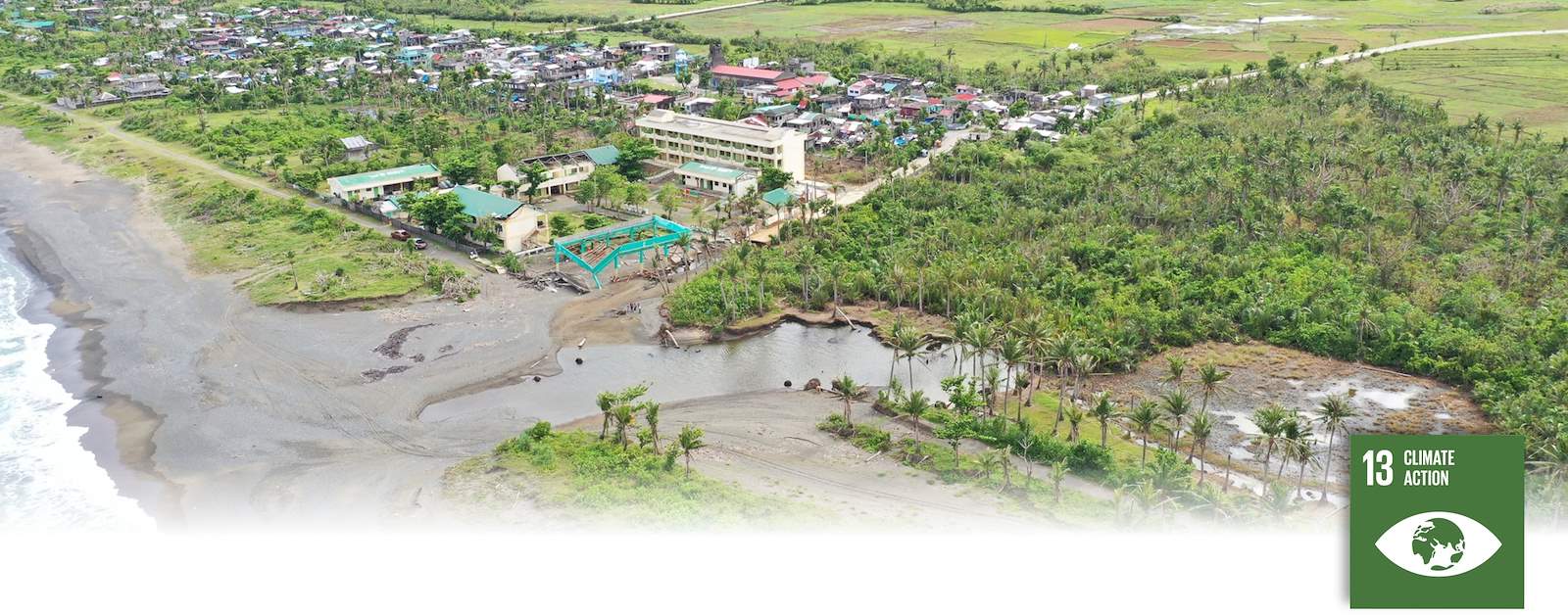Roadmap starts process to build climate resilience in typhoon-struck island in the Philippines

The Catanduanes project in the Philippines
Inhabitants of the Cantanduanes Island in the Philippines are experiencing the devastating impact of climate change. In 2020, four consecutive hurricanes hit the island, including typhoon Goni – the strongest landfalling tropical typhoon on record. Death and distruction were left in its wake. Royal HaskoningDHV, as part of a Netherlands Enterprise Agency (RVO) funded and organised DRR-Team Mission, in partnership with Philippine Reclamation Authority and further support from the Netherlands Government, has developed a roadmap towards a Coastal Management Strategy. This will lay the foundation for improving Catanduanes' climate resilience and safeguarding people's lives and livelihoods.
The roadmap identified appropriate strategies and measures (structural and non-structural) to mitigate impacts of natural hazards. These take into account technical, environmental, social, financial and economic conditions as well as the increasing challenges of climate change. It provides a useful first step in planning and budgeting, while directing increased efforts towards maintaining existing infrastructure.
The next step is the masterplan which will provide timings for efficient and practical implementation. The capex and opex estimates provided in the roadmap will be useful for prioritising measures and managing expectations. To ensure long-term resilience in the face of the significant influence of climate change on the coastal communities, the masterplan needs to incorporate adaptive path planning. That’s because some mitigation measures may be effective in the short term but fail to offer sufficient protection in the longer term.